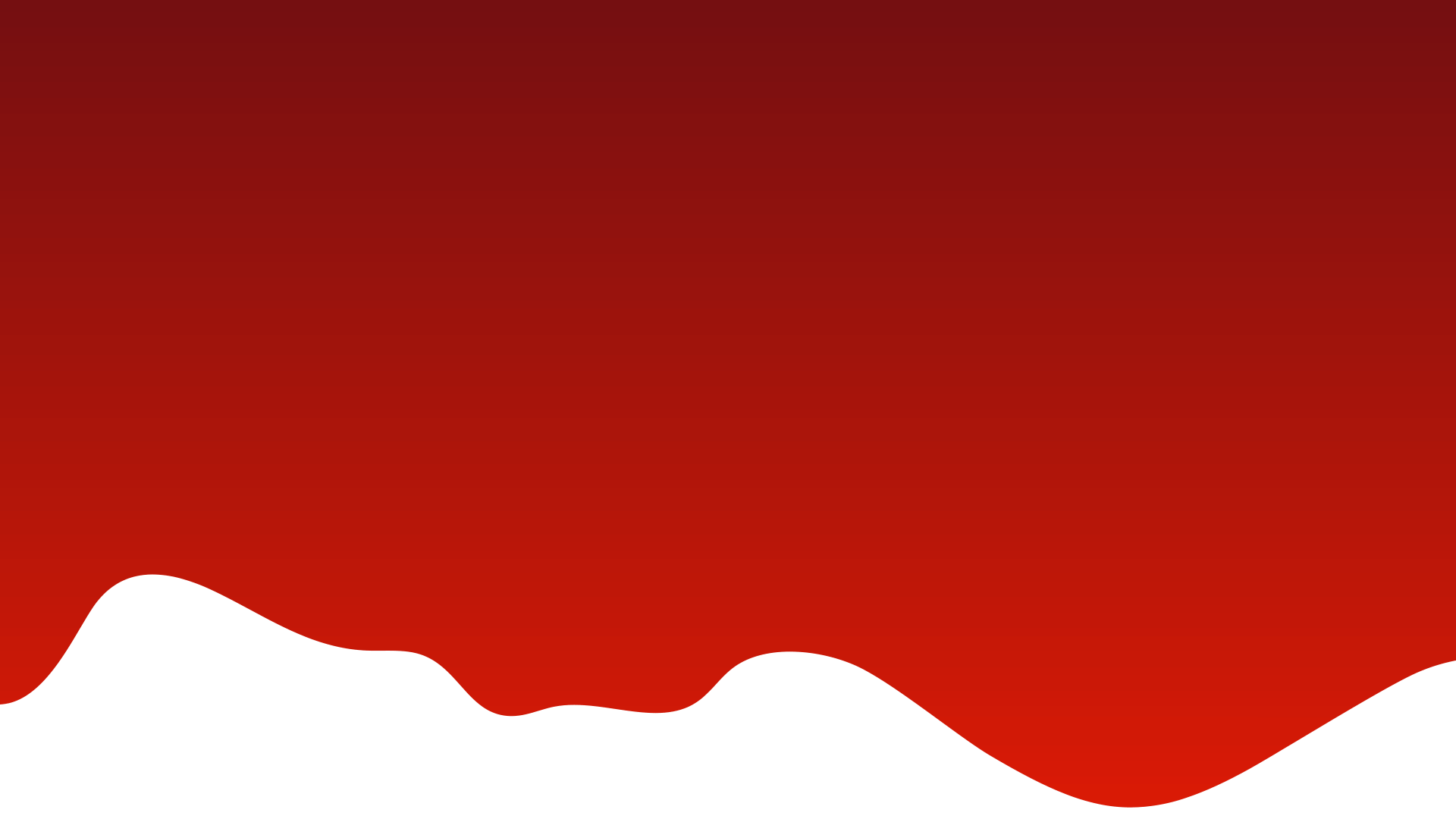- Music
- Theatre
- Experiential
- Visual Arts
- Community
- Dance
- Film
-
Explore By Theme
- 2023-24 Season
- 2024-25 Year
- 2025-26
- Alumni Pride
- Arizona Arts Connect
- Arts and the Environment
- Arts and Technology
- Arts and Wellness
- Research in the Arts
- Donor Impact Stories
- Engaging Arizona
- Faculty Focus
- Global Impact
- Interdisciplinary
- Lectures
- Medici Circle
- Photography
- Student Success
- The Borderlands
- The Tucson Studio
- Murals of Tucson
- Videos
- Wildcat Spirit
- Wonder Makes Me
Arizona Arts
Menu
The University of Arizona
Elevating the Arts
The priority of Arizona Arts is to elevate and integrate the arts on campus and in the community, advancing the University of Arizona’s mission of student success, cutting-edge research, and impactful community engagement.

In January 2019, Andrew Schulz, dean of the College of Fine Arts, was named as the university’s inaugural vice president for the arts to carry out the reimagined vision for the arts.
That appointment led to the establishment of a new division, Arizona Arts, a unified gateway to the extraordinary arts assets, experiences and educational programs at the university. The new division brings together the highly-regarded academic programs of the College of Fine Arts and the university’s world-class galleries, museums, stages and screens under one banner.
“The fine arts programs at the university are already well-recognized as among the best in the country,” said Schulz. “This new division provides the opportunity to substantially improve cultural development and social and economic impact. We are primed, and now is the time to truly set ourselves apart.”
With this new vision comes a transformational Arts Master Plan, which provides enhancements to existing facilities, but envisions a renovated Arts District on campus with new state-of-the-art venues for performance, exhibitions and learning – ready to meet the demands for the next generation of artists and critical creative thinkers. This evolution will strengthen engagement for audience members and art makers alike, bringing them together in spaces designed for creation and conversation.
The plan calls for all students, regardless of major, to have meaningful experiences in the arts, and recognizes that the arts play an essential role in realizing our land-grant mission. It’s that connection to the land-grant mission and our location in the Sonoran Desert that drives many Arizona Arts initiatives and community partnerships.











